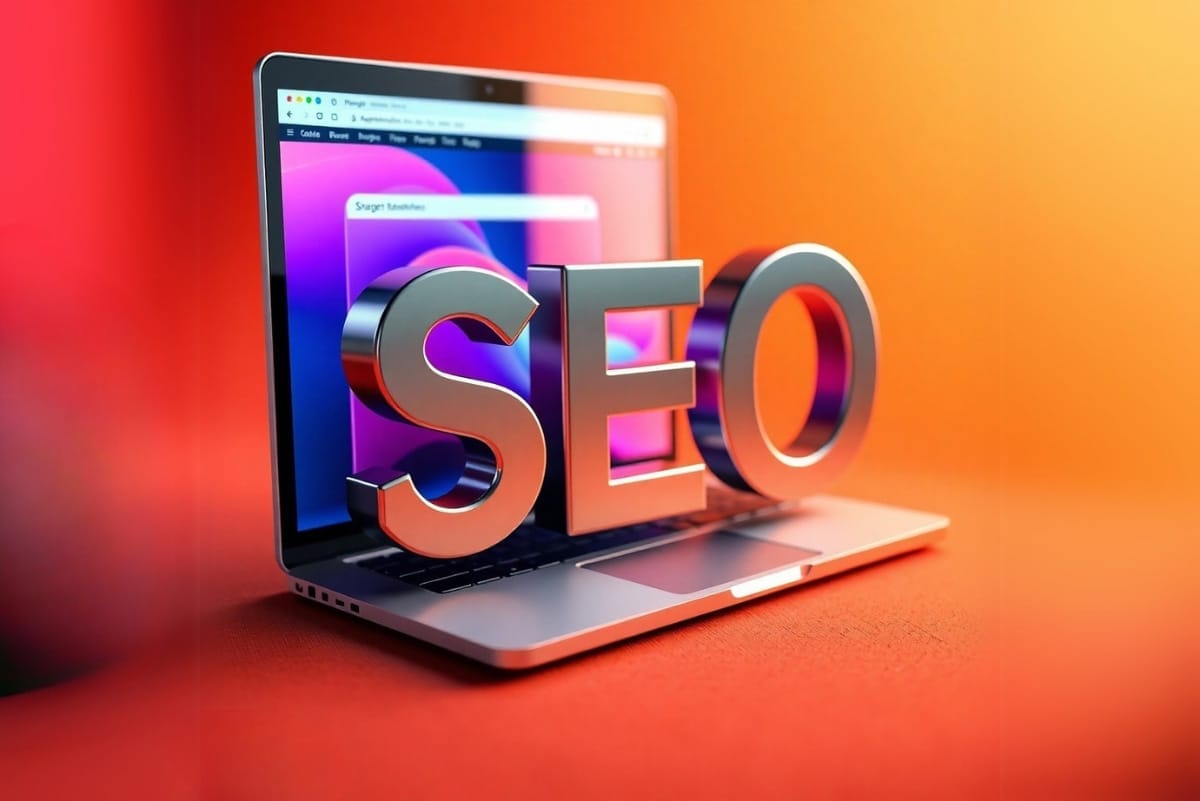The Importance of Website Speed in SEO
Instant gratification has become the norm, and the speed at which a website loads is a critical factor not only for user experience but also for Search Engine Optimization (SEO). A website that takes more than a few seconds to load can lead to higher bounce rates, and this can have a direct impact on your site’s visibility in Search Engine Results Pages (SERPs). We are going to explore why website speed is crucial for SEO and provide actionable tips to enhance your site’s performance.
Website Speed in SEO
Website speed affects how search engines crawl your site, determine your website’s value, and most importantly, index your web pages. When it comes to SEO, every millisecond counts, and it’s about more than just getting on Google’s good side. It’s about creating an overall enjoyable user experience that keeps visitors coming back.
The 3-Second Rule
Most users expect a webpage to load within two to three seconds, and after that, the likelihood of them bouncing skyrockets. Google has even integrated this into their algorithm; they penalize slower websites by giving them lower rankings on the Search Engine Results Page (SERP).
Mobile Site Speed
With mobile internet usage surpassing desktop, the importance of mobile site speed has never been higher. Google’s mobile-first indexing prioritizes mobile versions of your site for ranking and helps users find content faster, especially for mobile users, which is an essential point for SEO.
Why Website Speed Matters
Beyond the critical three seconds mark, website speed has a series of domino effects that influence your SEO in more ways than one.
Impact on User Experience
User Experience (UX) is a significant ranking factor, and your site speed is its linchpin. Whether your site visitor lands on your page through an organic search result, paid search, or social media, their experience begins with your site’s load time. A slow site irritates users, leading to decreased customer satisfaction and conversion rates.
Influence on Search Rankings
Google’s Page Experience update and Core Web Vitals indicate that load speed is now a crucial ranking signal. Faster sites provide a positive user experience and are more likely to rank higher in search results, boosting your SEO endeavours.
Mobile Optimization
With mobile-first indexing, Google predominantly uses the mobile version of the content for ranking and indexing. This means that mobile site speed significantly affects your search rankings. If your site is slow to load on mobile, it will likely see a decrease in visibility on mobile search queries.
Improving Website Speed
Now that we understand the criticality of website speed, it’s time to look at how to improve it.
Image Optimization
Images often comprise the largest part of a web page’s file size. You can compress images without significantly affecting their quality, using tools such as TinyPNG or Photoshop’s Save for Web feature.
Minifying CSS and JavaScript
Unused code in your stylesheets and scripts can slow down your site. Minify these files by removing extra spaces, line breaks, and indentation.
Caching Strategies
Caching involves storing some parts of your site on a visitor’s local computer or smartphone. This way, the next time they visit your site, the browser doesn’t have to retrieve the entire page from the server, leading to faster load times. Implement browser caching by configuring HTTP headers or use plugins designed for your CMS (Content Management System).
Content Delivery Networks (CDNs)
A CDN stores your site’s files across a network of servers worldwide. When a user visits your site, the CDN serves them the cached files from the server closest to them, reducing the physical distance the data has to travel and improving site speed.
Tools to Measure Website Speed
To optimize your site’s speed, you need to measure it first. There are several tools available to help you gauge your current speed.
Google PageSpeed Insights
Google’s tool not only tells you how fast (or slow) your website loads but also offers suggestions on how to improve it. This is critical, as Google’s indexing and ranking focuses are uniquely tailored to its tool’s insights.
GTmetrix
GTmetrix is an advanced site speed monitoring tool that provides a comprehensive analysis of your site’s speed and suggests ways to improve it. It’s a useful tool to get more details about load times and to find bottlenecks.
Pingdom
Pingdom offers another approach to testing your site’s load time by checking it from numerous geographic locations. This way, you can inspect if location has any impact on load time and if you need a CDN.
Conclusion
The connection between website speed and SEO is incontrovertible. A fast-loading website not only provides a better user experience but also helps you rank higher in search engine results, bringing more organic traffic to your site. By following the optimization methods and monitoring tools shared in this post, you can enhance your website’s performance and take your SEO to the next level.
Remember, SEO is an ongoing process, and as technology and internet usage continue to evolve, so too will the algorithms that determine how websites are ranked. Keep
Related articles
You may also like these
AI,Digital Marketing,Featured
/
13 min read
You've built something real. Your product works. Your service delivers. But when potential customers search for what you offer? Crickets. [...]
Digital Marketing,Ecommerce,Website Design,WordPress
/
11 min read
Individuals spend nearly 7 hours a day online. Scrolling, searching, and deciding who to trust with their money. If your [...]
AI,Digital Marketing
/
9 min read
Alberta Isn't Following AI Trends—It's Setting Them Most AI marketing articles recycle theory. A few Alberta agencies are rolling out [...]
AI,Digital Marketing
/
13 min read
Search Isn't Just About Links Anymore (But They Still Matter) Ranking #1 on Google still means something. Quality links [...]




